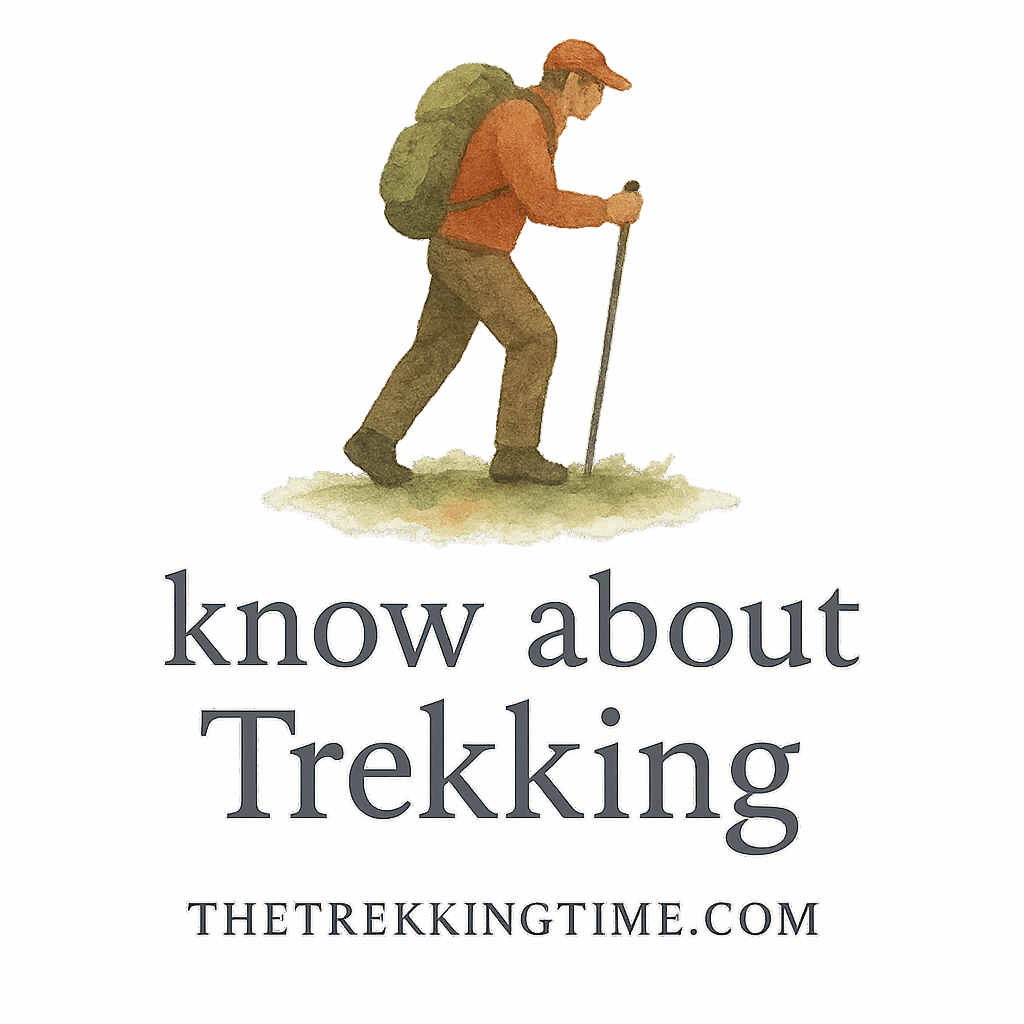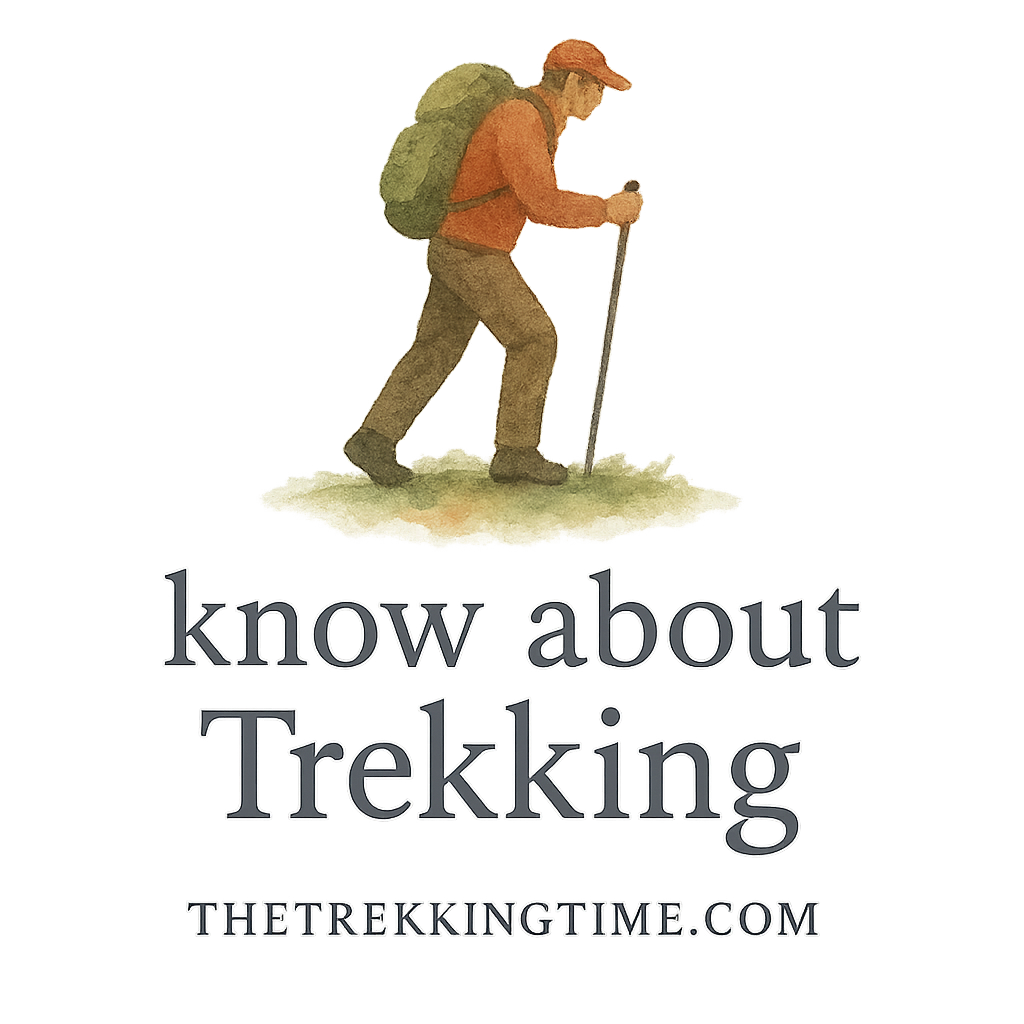Introduction to Trekking Essentials
So, you’ve caught the trekking bug? Welcome to the world of muddy boots, breathtaking views, and the pure joy of being off the grid. But before you hit the trail, you’ve got to know what gear and knowledge you need. That’s where this guide comes in handy. We’re breaking down the 10 trekking essentials every beginner should know to help you avoid rookie mistakes and have an amazing experience.
To dive deeper into trekking basics, visit our comprehensive guide on Trekking Basics.
Why Preparation Matters for New Trekkers
The Importance of Safety and Comfort
Trekking isn’t just walking in nature—it’s an endurance challenge that demands mental and physical readiness. The right preparation keeps you safe, comfortable, and energized throughout the journey.
Avoiding Common Beginner Mistakes
Skipping essentials like hydration or navigation tools can turn a dream trek into a nightmare. Trust us—nothing ruins a view like dehydration or lost trail time.
Essential #1: Proper Footwear
Choosing the Right Hiking Boots
Your feet are your VIPs on the trail. Invest in quality hiking boots that offer ankle support, water resistance, and a grippy sole. Don’t forget to break them in before your trek.
Socks That Prevent Blisters
Opt for moisture-wicking socks, ideally made of merino wool. These beauties reduce friction and keep your feet dry and comfy.
Essential #2: Navigation Tools
Maps and Compasses
Old-school but reliable. A good map and compass are invaluable when digital devices fail. Learn basic orienteering—it might save your trek.
GPS Devices and Mobile Apps
Apps like Gaia GPS or AllTrails are game-changers. Just make sure you download maps offline and pack a power bank.
For route ideas, check out Trekking Destinations around the globe.
Essential #3: Hydration Gear
Water Bottles vs. Hydration Bladders
Both have their perks. Hydration bladders are convenient and easy to sip from on the go, while bottles are easier to refill and clean.
Water Purification Tablets & Filters
Nature’s water isn’t always clean. Pack purification tablets or a lightweight filter. Getting sick mid-trail? Hard pass.

Essential #4: Layered Clothing
Base, Insulation, and Shell Layers
Think of your clothing like a high-performance onion. Base layers wick moisture, insulation retains heat, and shells protect against wind/rain.
Dressing for Changing Weather
Mountain weather is unpredictable. Layering lets you adapt quickly and avoid chills or overheating.
Check out our Trekking Gear & Packing guide for more packing smarts.
Essential #5: Nutrition and Energy Snacks
Best Snacks for Long Treks
Think trail mix, jerky, granola bars—foods that are calorie-dense, lightweight, and non-perishable.
Packing Lightweight Meals
Instant noodles, freeze-dried meals, and energy gels work great. Just add hot water, and boom—fuel!
Essential #6: First Aid Kit
What to Include in a Trekking First Aid Kit
Your kit should include bandages, antiseptic, tweezers, blister pads, pain relievers, and any personal medications.
Emergency Medical Tips
Learn basic first aid. A little knowledge can prevent a small issue from becoming a big emergency.
Stay safe with these Trekking Safety Tips.
Essential #7: Backpack with Proper Fit
Features of a Good Trekking Backpack
Look for padded straps, a hip belt, adjustable frame, and multiple compartments. Fit is everything—try before you buy.
Packing Strategy for Balance and Access
Heavy gear close to your spine, frequently-used items on top or in side pockets. It’s like playing Tetris but with survival gear.
Essential #8: Trekking Poles
Benefits for Balance and Joint Support
Trekking poles reduce strain on knees and help with balance—especially during descents or river crossings.
How to Adjust and Use Them Correctly
Elbows should be at 90°. Keep a rhythm, especially uphill. They’re like extra legs—use them well.
Essential #9: Emergency Shelter
Types of Emergency Shelters for Trekkers
Think bivvy bags, space blankets, or ultralight tarps. Even if you don’t plan to sleep out, always carry one.
When and How to Use Them
Weather turns ugly? Shelter. Got lost? Shelter. Don’t wait until you need it—be ready.
Essential #10: Illumination Tools
Headlamps vs. Flashlights
Headlamps win—hands-free lighting is a must. Go for one with multiple brightness settings.
Backup Batteries and Charging Solutions
Don’t rely on a single battery. Solar chargers, power banks, or backup batteries ensure you’re never left in the dark.
Bonus Tip: Mental Preparation and Fitness
Preparing Your Body and Mind
Trekking isn’t just physical. Build stamina with regular hikes, cardio, and strength training. Mentally, embrace discomfort—it’s part of the magic.
Explore our Trekking Fitness Prep to get trail-ready.
Developing Trekking Habits for Success
Pack the night before, double-check essentials, and leave no trace. Good habits = smooth treks.
Conclusion
There you have it—your beginner’s toolkit for trekking success. With these essentials in your pack (and mind), you’re ready to tackle the trails, embrace nature, and create unforgettable memories. Don’t forget to bookmark The Trekking Time for expert tips, destination guides, and all things trekking.
FAQs
1. Can I trek without all 10 essentials? Sure, but it’s risky. Even short hikes can become dangerous without the right gear.
2. Are these essentials suitable for day hikes too? Absolutely. Just scale down based on the hike length and difficulty.
3. How much should I spend on trekking gear as a beginner? Focus on quality for essentials like boots and backpacks. You don’t need top-tier brands, but avoid cheap knockoffs.
4. What’s the best time of year to start trekking? Spring and fall are ideal—mild weather and scenic trails. Research your destination’s climate.
5. Can I trek if I’m not super fit? Yes, start small. Build your endurance with local hikes. You’ll get better with time.
6. Is it safe to trek solo as a beginner? It’s better to go with a group or experienced partner. If solo, inform someone of your route and schedule.
7. Where can I learn more about trekking safety and etiquette? Check out our tags like safety, etiquette, and responsibility for deeper dives.


